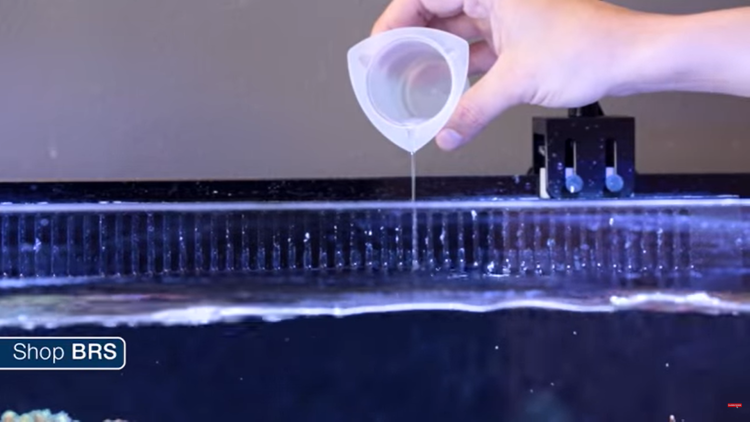Add More and More Ca/Alk and the Levels Won't Rise?
- Jul 30, 2023
- Anshika Mishra
- 173 0 0

Believe it or not, in 90% of the cases, when you are doing a large volume of calcium and alkalinity and the levels are not rising as they should - it isn't because you are not adding enough; it's because you are adding too much.
In most cases, not just too much, but likely, many multiples of too much. But this might sound impossible. How can the levels drop from adding too much?
When you add significantly more calcium and carbon to the alkalinity of the water, it can't keep it all in solutions, and the calcium and alkalinity ions precipitate out as freshly created carbonate crystals how.
How the formations that new calcium carbonate crystals not only remove calcium and carbonate alkalinity from the water but actually attracts other calcium and alkalinity ions. And the crystal grows, which continues until either the magnesium poisons the surface of the crystals and stops it from growing, or the calcium and carbonate alkalinity levels drop low enough that this reaction is slowed - normally, a combination of both.
It's pretty normal to put up some resistance to this concept because it's hard to imagine that overdosing is the cause. But it's fairly easy to identify. To start, let's give you a reference point of what a normal two-part does looks like.
Two-part does
For this article, we are taking the example of BRS 160 Dosing. It has 200 gallons of water because of the large sump. It is dosed with 150ml. Per day for both calcium and alkalinity, i.e., 0.75ml. Per gallon of water.
If we have to skip a daily dose, you can expect a dKH drop to about 1.5 points and the calcium around 10 parts per million by the next day - which is normal.
The tank also has a pretty substantial volume of corals in it, and the one-inch frags have transitioned into small colonies. This is what you can call a moderate demand tank from a calcium and alkalinity standpoint.
Once the corals get larger, they will transition into a heavy-demand tank and probably pass the one or even 1.5 milliliters per gallon per day ratio.
So, basically do an assessment of how many corals your tank has, and if it is less, assume a daily dosage of half to a quarter milliliter per gallon of tank volume a day.
If you have the same amount of corals but a larger tank - assume slightly more.
In either case, do the math and compare it against your current dose.
Steps to Fix Alkalinity Levels
If you are doing multiples of two to three times, that may even be high, almost certainly dosing too much, and that's your issue, particularly if you're finding white precipitate crust all over your pumps, heaters, and plumbing.
Here are the four steps to fixing it:
Step 1: Stop dosing for one day - it's time to find out what your dosing is
Step 2: Identify a dose/test time - test the calcium and alkalinity of the tank, which is likely depleted to some degree, and use the reef calculator to identify the dose required to get the lever rights. Dose the amount to the tank, come back in 10 minutes to test, and make sure the leaves did rise as intended. Write the before and after results as well as the required dose of correction.
Step 3: Repeat step two daily and continue documenting the daily dose required to correct the levels. By the end of the week, you would have identified a trend that the daily dose is probably pretty similar each day and what you should be dosing each day.
Step 4: Confirm dose.
Things to keep in mind
Monitoring alkalinity is the most important element to monitor and track. Plus, calcium and alkalinity doses should be the same; it might not be during the initial adjustment period but should be after. If you have to choose which one to match your daily dose to, it should always be the alkalinity dose as the primary, with the calcium just matching that dose.
There are some rare instances where a 1:1 ratio is not the case, but it is safe to assume that you are not in rare instances.
For bigger changes, choose sodium bicarbonate, and keep magnesium levels in check.






About author